摘要:
Abstract Despite the recent decrease in pollution events in Chinese urban areas, the World Health Organization air quality guideline values are still exceeded. Observations from monitoring networks show a stronger decrease of organic aerosol directly emitted to the atmosphere relative to secondary organic aerosol (SOA) generated from oxidation processes. Here, the uptake of water-soluble gas-phase oxidation products is reported as a major SOA contribution to particulate pollution in Beijing, triggered by the increase of aerosol liquid water. In pollution episodes, this pathway is enough to explain the increase in SOA mass, with formaldehyde, acetaldehyde, glycolaldehyde, formic, and acetic acid alone explaining 15 to 25% of the SOA increase. Future mitigation strategies to reduce non-methane volatile organic compound emissions should be considered to reduce organic particulate pollution in China.
